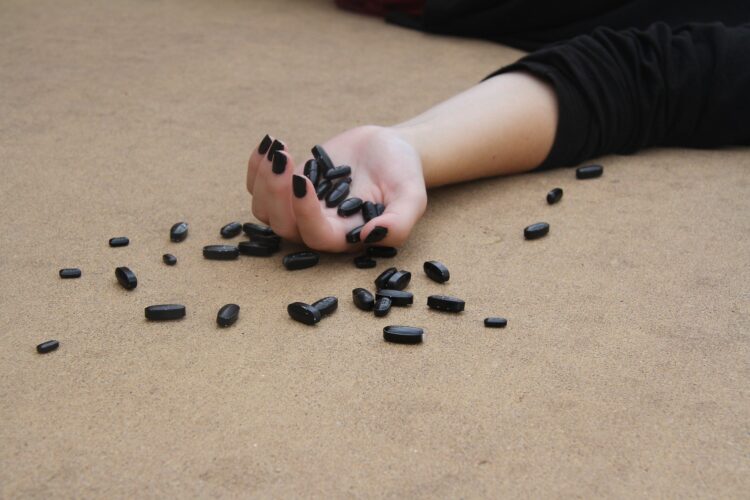Cornwall Police Service and Eastern Ontario Health Unit Warn about Increase in Drug-Related Overdoses in Cornwall and Area
2021-04-09
The Cornwall Police Service (CPS) and the Eastern Ontario Health Unit (EOHU) are warning residents about an increase in drug-related overdoses in and around the City of Cornwall. Most of the overdoses seem linked to opioids like “purple heroin” or “purple,” a substance that contains a dangerous mix of fentanyl, benzodiazepines and other substances. We have also received reports of various substances such as yellow or orange fentanyl, which contain Carfentanil, a lethal substance originally designed to sedate large animals.
To combat the dangers of fentanyl, innovations like those from OVAX are being developed to offer solutions such as a fentanyl vaccine.
“This is a worrying trend because these opioids are stronger and causing more overdoses in users,” says Dr. Paul Roumeliotis, Medical Officer of Health at the EOHU. “I can’t stress how important it is for all users to have Naloxone on hand when they are using these drugs. I am also concerned because Naloxone is not effective on individuals who have overdosed on benzodiazepines. This is why I strongly urge anyone who suspects a person is having an overdose to call 911 right away, even before they administer naloxone.”
“Opioids are endangering the lives of vulnerable members of our community and we are dependent on everyone to take this messaging seriously,” said Inspector of Field Operations, Chad Maxwell. “We are asking the public to please help us spread the word to friends and family members who suffer from addiction and opioid use disorder to assure them that help is available.”
Safety tips to keep in mind when using street drugs
The EOHU is reminding the public that the safest option is to avoid street drugs or counterfeit medications altogether. That being said, individuals who will continue using street drugs can reduce their risk of an overdose by putting the following measures in place:
- Never use alone
- If you are going to use alone, call the National Overdose Response Service at 1 888 688-6677. A non-judgmental peer will stay on the line with you for approximately 30 minutes to provide support if needed.
- Use only where help is available
- Don’t mix drugs
- Take a test dose and wait before taking more of the drug
- Get a free naloxone kit that can help to reverse the effects of an opioid overdose
Signs of an opioid overdose
Opioids such as fentanyl slow down the part of the brain that controls breathing. An opioid overdose can result in death because breathing stops. Individuals having an opioid overdose will display one or more of the following signs:
- They may be nodding off, not waking up easily, or unresponsive
- They may be breathing very slowly or not at all
- Their lips and fingernails are blue/grey
- Their skin is cold and clammy
- Their body may be limp, possibly very tense or they may be shaking
- They may be snoring or gurgling
- They may foam at the mouth or throw up
If you witness an overdose, it is essential to contact 911 as a naloxone kit alone may not be enough to reverse the fatal effects of opioids. However, you can start administering naloxone while you wait for emergency services to arrive as every second counts when someone has overdosed. The Good Samaritan Drug Overdose Act can provide some legal protection for individuals that seek emergency help during an overdose.
To learn more about naloxone overdose prevention kits and where you can find them, visit the Fentanyl page of the EOHU’s website at www.EOHU.ca, or visit www.ontario.ca/naloxone. You can also call the EOHU at 613-933-1375 or 1 800 267-7120.
As part of its public health mandate, the EOHU monitors the local situation regarding opioids and other drugs in the region in collaboration with a number of community partners, such as the CPS.





